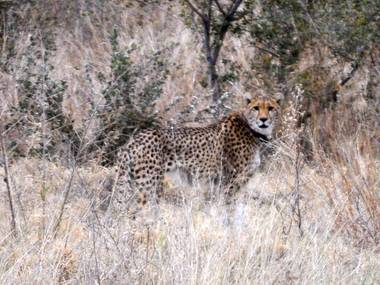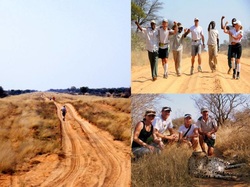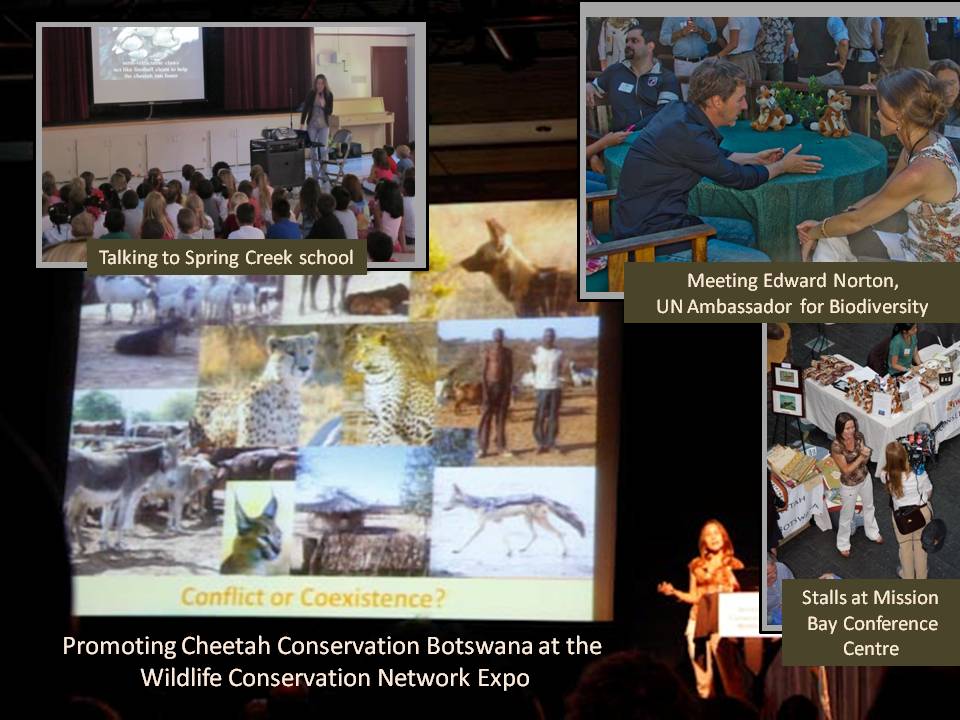
Although an unfortunate conclusion, the cheetah brothers did show that it is possible for orphaned cheetah to learn to hunt and support themselves in the wild. However, the big challenge is potential release sites that are free of high populations of lions, people and that have adequate prey to support a release. Lions are one of the biggest threats to cheetah in Protected Areas and have caused the cheetah populations to move on to unprotected lands with lower competition from stronger predators. However, here human conflict is the biggest threat. One of the reasons Selinda Reserve was chosen as a release site was the lower population of lions compared to other Protected Areas in Botswana and the distance from rural farming communities. Unfortunately, it was not low enough and in future it will be advisable to consider areas with little to no lion presence, as potential release sites. However, overall the initiative gave the 2 cheetah brothers the chance of freedom (the other option being a life of captivity) which they enjoyed for several months and gave CCB the opportunity to learn more about the intricacies of cheetah rehabilitation and release.



 RSS Feed
RSS Feed
